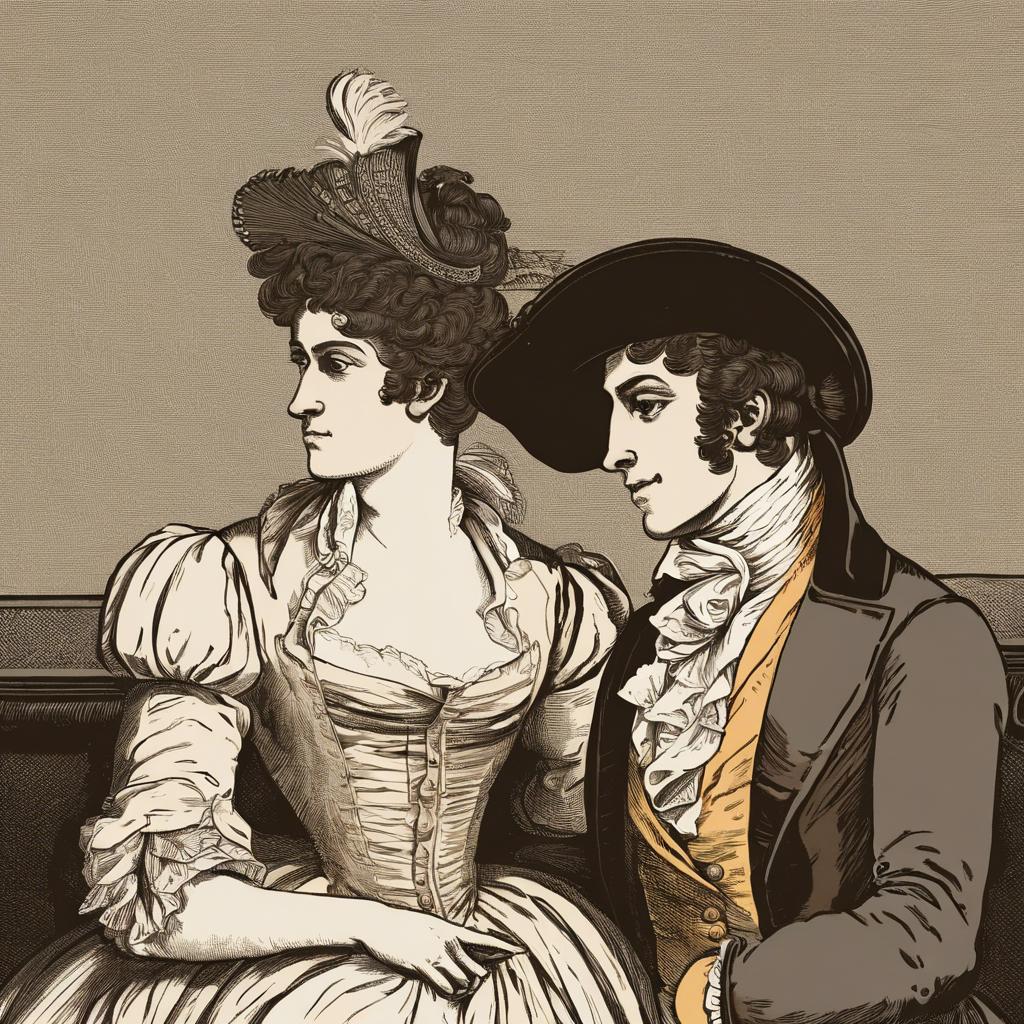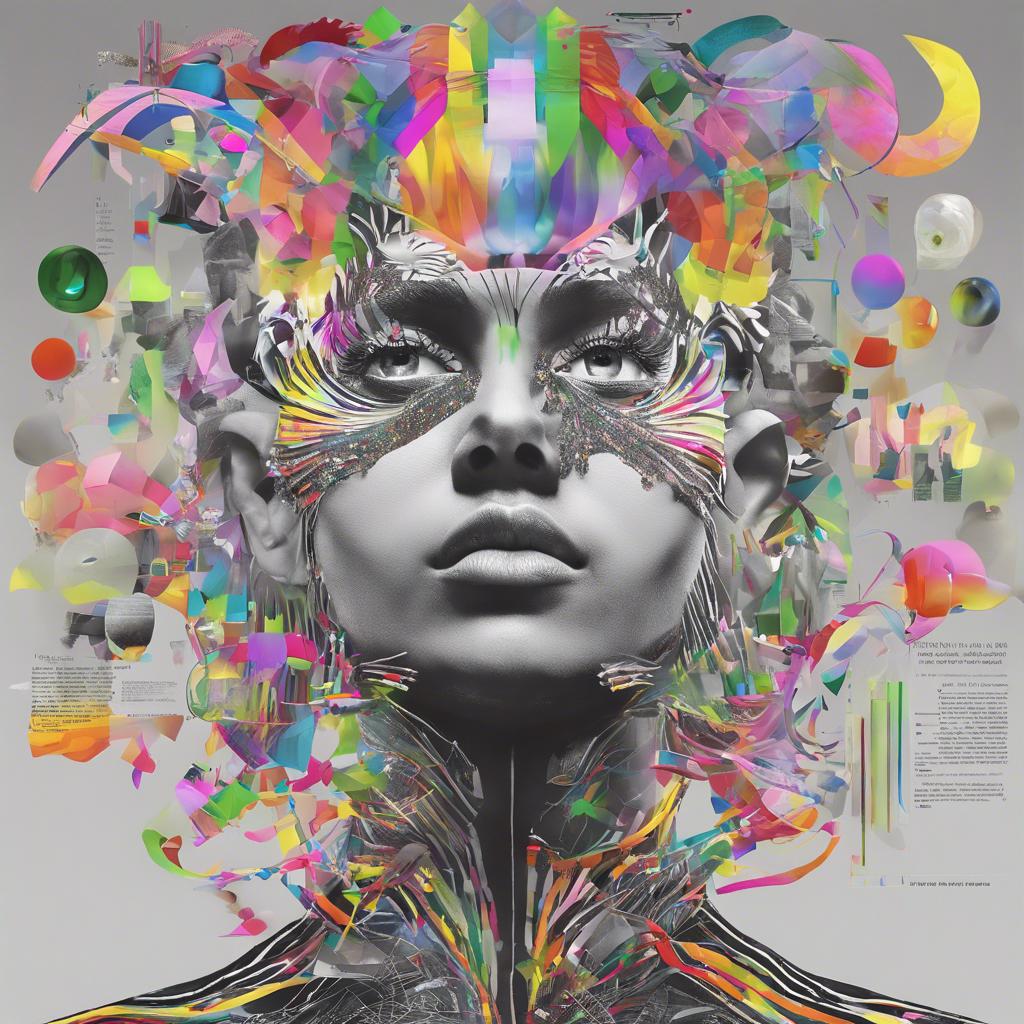During the Regency era of the early 19th century, societal norms and expectations were firmly entrenched, particularly in regards to relationships and sexuality. However, hidden beneath the veneer of propriety and decorum lay a world of clandestine desires and forbidden love. In this article, we will explore the fascinating and often overlooked history of queer individuals during the Regency era, shedding light on their struggles, triumphs, and enduring legacy in the annals of history. Join us as we delve into the private lives and hidden stories of the Regency era queer community.
Step Into the World of Cheryl Bolen
Dive into the enchanting stories of love, intrigue, and elegance set in the Regency Era. Cheryl Bolen's novels offer timeless romance and captivating tales that will leave you wanting more.
Explore Cheryl Bolen's Books Now
Exploring Queer Identities in Regency Era Literature
In the Regency Era, the exploration of queer identities in literature was a subtle yet significant aspect of many works. Authors during this time period often incorporated themes of sexuality and gender non-conformity in their writing, challenging societal norms and expectations.
One of the most well-known examples of queer representation in Regency Era literature is the novel “Orlando” by Virginia Woolf. This groundbreaking work follows the protagonist through multiple genders and centuries, blurring the lines of identity and challenging traditional ideas of sexuality.
Through nuanced portrayals of relationships and characters, Regency Era literature provided a platform for exploring diverse queer identities. From forbidden romances to hidden desires, these narratives offer a glimpse into a world where love knows no boundaries.
The Subtle Language of Queerness in Regency Era Art
During the Regency Era, art was a powerful medium through which queer individuals could subtly express their identities and experiences. While overt depictions of same-sex relationships were often taboo, artists found ways to convey these themes through symbolism and hidden meanings.
One common motif in Regency Era art was the use of flowers to represent same-sex desire. For example, the pansy flower was often used as a symbol of love between two men, as it was known for its association with the Greek god of love, Eros. Other flowers, such as the violet and the lily, were also used to convey queer themes in a more covert manner.
Another subtle language of queerness in Regency Era art was the use of specific colors and clothing styles. Artists would often dress their male subjects in more effeminate clothing, such as silk robes or lace collars, to signal their queer identity. Additionally, the use of vibrant colors like pink and purple was a way to hint at the subject’s non-conformity to traditional gender norms.
Uncovering Hidden Queer Histories in Regency Era Society
The Regency Era, spanning from 1811 to 1820, is often depicted as a time of strict social norms and formalities. However, beneath the surface of this seemingly conservative society lies a rich history of queer individuals whose stories have been largely overlooked. By delving into the hidden archives of this period, we can uncover fascinating accounts of LGBTQ+ individuals who navigated their identities in a time when such expressions were heavily stigmatized.
One such figure is Anne Lister, a wealthy landowner and diarist who defied societal expectations by living openly as a lesbian in Regency-era Yorkshire. Lister’s detailed diaries, which were partly written in code to conceal her relationships, provide a rare glimpse into the life of a queer woman in the early 19th century. Her story challenges the notion that queer identities were nonexistent or insignificant during this time, shedding light on the complexities of gender and sexuality in Regency society.
Furthermore, the Regency Era saw the emergence of underground queer communities in major cities such as London and Bath. These networks provided a sense of belonging and support for individuals who were marginalized due to their sexual orientation or gender identity. Through coded language, secret gatherings, and discreet relationships, queer individuals found ways to connect and express themselves in a society that sought to suppress their identities.
An Examination of Gender Nonconformity in Regency Fashion
During the Regency era, gender nonconformity in fashion was a topic that challenged societal norms and expectations. While the fashion of the time was generally characterized by strict gender roles and traditional styles, there were individuals who pushed the boundaries and embraced a more fluid approach to dressing.
One notable example of gender nonconformity in Regency fashion was the adoption of menswear-inspired clothing by some women. This included tailored jackets, waistcoats, and trousers, as well as accessories such as top hats and cravats. These sartorial choices allowed women to challenge traditional ideas of femininity and assert their independence and agency.
Similarly, some men in the Regency era experimented with more flamboyant and feminine styles, such as ruffled shirts, silk stockings, and high-heeled shoes. By blurring the lines between masculine and feminine clothing, these individuals were able to express their own unique identities and challenge the rigid expectations placed on them by society.
The Conclusion
the Regency era was a time of social turbulence and shifting attitudes towards sexuality and gender. The lives of queer individuals during this period were often hidden from public view, yet their presence and contributions to society were undeniable. Through exploring the stories and experiences of Regency era queers, we gain a deeper understanding of the complexities and nuances of human identity and relationships. As we continue to study and celebrate the diversity of historical perspectives, may we strive to honor the voices and experiences of those who lived their truths in a time of great societal change.


